Home>Gardening & Outdoor>Landscaping Ideas>What Are Grass Plugs Used For
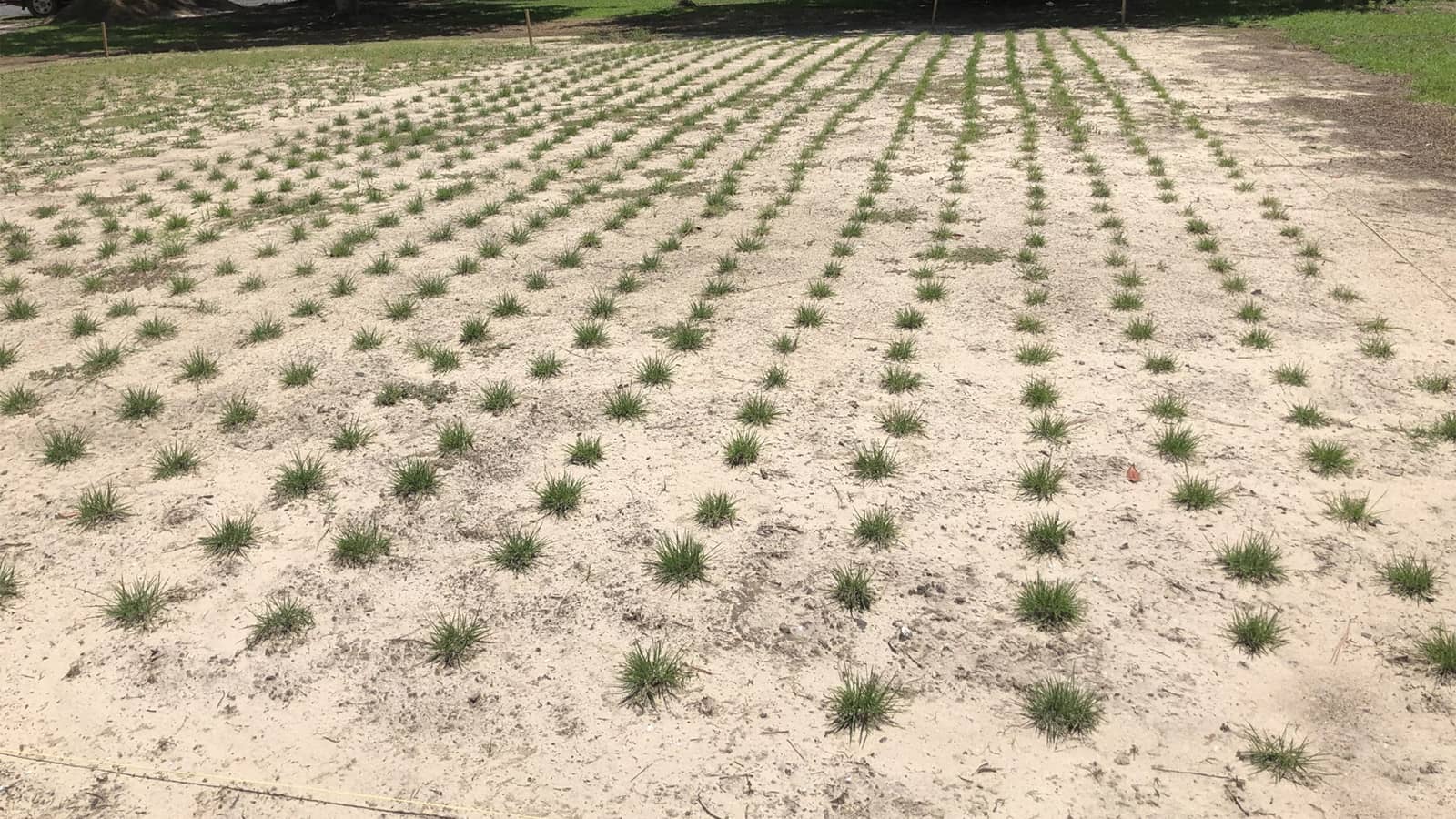

Landscaping Ideas
What Are Grass Plugs Used For
Modified: October 19, 2024
Discover the benefits of using grass plugs for your landscaping ideas. Find out how grass plugs can improve the look and health of your lawn.
(Many of the links in this article redirect to a specific reviewed product. Your purchase of these products through affiliate links helps to generate commission for Storables.com, at no extra cost. Learn more)
Introduction
Landscaping is a wonderful way to enhance the beauty and functionality of outdoor spaces. Whether you're aiming to create a lush, green lawn or add a touch of vibrancy to your garden, the use of grass plugs can be a game-changer. These small, yet mighty, plant starters offer a convenient and effective method for establishing and maintaining healthy turf. In this article, we'll delve into the world of grass plugs, exploring their uses, benefits, and the various ways they can elevate your landscaping endeavors.
When it comes to cultivating a thriving lawn, the process can often feel daunting. Traditional methods of seeding or laying sod can be labor-intensive and time-consuming, requiring meticulous care and attention to achieve desirable results. This is where grass plugs step in as a versatile and efficient alternative. By gaining a deeper understanding of what grass plugs are and how they can be utilized, you'll be equipped with the knowledge to transform your outdoor spaces with ease and confidence.
Join us as we embark on a journey to uncover the wonders of grass plugs and discover the myriad ways in which they can elevate your landscaping projects. Whether you're a seasoned gardener or just beginning to explore the world of landscaping, this article will provide valuable insights into the practical and aesthetic benefits of incorporating grass plugs into your outdoor oasis.
Key Takeaways:
- Grass plugs are small but mighty plant starters that can quickly establish a lush and resilient lawn, making landscaping easier and more efficient for homeowners and landscapers.
- By using grass plugs, you can customize your lawn with specific grass species, minimize maintenance, and contribute to sustainable landscaping practices, creating a vibrant and enduring outdoor oasis.
Read more: When To Plant Zoysia Grass Plugs
What Are Grass Plugs?
Grass plugs, also known as sod plugs or turf plugs, are small sections of grass and soil that are grown in trays or containers. These compact, pre-grown plugs typically measure 2 to 4 inches in diameter and are used to establish or repair turf in a targeted area. They serve as miniature versions of fully grown grass, containing roots, soil, and healthy blades that are ready to take root in the desired location.
One of the key advantages of grass plugs lies in their ability to jumpstart the growth of new grass or fill in bare patches with minimal effort. Unlike traditional seeding, which requires the careful sowing and germination of grass seeds, grass plugs offer a head start by providing established grass specimens that can quickly adapt to their new environment. This accelerates the establishment of a uniform and healthy lawn, making grass plugs an attractive option for homeowners and landscapers alike.
Grass plugs are available in a variety of grass species, allowing for customization based on the specific needs and preferences of the landscaping project. Whether you prefer the lushness of St. Augustine grass, the resilience of Zoysia grass, or the versatility of Bermuda grass, there is a wide range of options to suit different climates, soil types, and aesthetic preferences.
These versatile plant starters are not only limited to repairing damaged areas or establishing new turf but can also be used for creating intricate patterns, borders, or accents within a lawn. With their compact size and ability to adapt to different soil conditions, grass plugs offer a flexible approach to landscaping, enabling creative designs and tailored solutions for achieving a vibrant and cohesive outdoor space.
As we unravel the potential of grass plugs, it becomes evident that they are a valuable tool for simplifying the process of lawn establishment and maintenance. Their convenience, adaptability, and ability to foster healthy grass growth make them a popular choice for transforming outdoor landscapes with efficiency and precision.
Benefits of Using Grass Plugs
Utilizing grass plugs in your landscaping endeavors offers a multitude of benefits that contribute to the overall health, aesthetics, and sustainability of your lawn. From expedited growth to environmental advantages, grass plugs are a valuable asset in the pursuit of a vibrant and resilient outdoor space.
1. Accelerated Establishment: One of the primary advantages of using grass plugs is the rapid establishment of new turf. Unlike traditional seeding, which can take weeks to germinate and fill in, grass plugs provide an instant boost to the growth process. With their pre-grown roots and foliage, they seamlessly integrate into the existing soil, jumpstarting the development of a lush and uniform lawn.
2. Enhanced Resilience: Grass plugs are renowned for their resilience and adaptability. Once established, they form a robust root system that anchors them firmly in the soil, making them more resistant to drought, foot traffic, and environmental stressors. This resilience translates to a durable and long-lasting lawn that can withstand the rigors of everyday use and maintain its lush appearance throughout the seasons.
3. Soil Erosion Prevention: In areas prone to soil erosion, such as sloped landscapes or regions with heavy rainfall, grass plugs play a crucial role in stabilizing the soil. Their dense root systems act as natural erosion barriers, holding the soil in place and preventing runoff. This not only protects the integrity of the landscape but also contributes to the conservation of natural resources.
4. Weed Suppression: By densely populating the soil with healthy grass, plugs effectively minimize the space available for weed growth. This natural weed suppression reduces the need for chemical herbicides and manual weed removal, promoting a healthier and more eco-friendly approach to lawn maintenance.
5. Customization and Versatility: Grass plugs offer a high degree of customization, allowing for the selection of specific grass species that best suit the local climate and soil conditions. This versatility enables homeowners and landscapers to create tailored lawns with desired characteristics such as shade tolerance, drought resistance, or aesthetic appeal.
6. Cost-Effectiveness: In comparison to sodding an entire lawn or using synthetic turf, grass plugs present a cost-effective option for establishing or repairing turf. Their ability to quickly multiply and fill in bare areas reduces the need for extensive materials and labor, resulting in a budget-friendly approach to achieving a lush and healthy lawn.
By harnessing these benefits, grass plugs emerge as a valuable asset in the pursuit of a thriving and sustainable lawn. Their ability to expedite growth, enhance resilience, and contribute to environmental conservation makes them a compelling choice for homeowners and landscapers seeking to elevate their outdoor spaces with efficiency and eco-conscious practices.
Grass plugs are used to fill in bare spots in a lawn, establish a new lawn, or repair damaged areas. They are a cost-effective way to create a lush, healthy lawn.
How to Use Grass Plugs
Integrating grass plugs into your landscaping project involves a series of steps designed to ensure successful establishment and long-term growth. By following these guidelines, you can harness the full potential of grass plugs and transform your outdoor space with a vibrant and resilient lawn.
1. Site Preparation: Begin by preparing the target area for the grass plugs. Remove any existing vegetation, weeds, or debris, and ensure that the soil is well-drained and free of compaction. Loosening the soil with a rake or garden fork can promote better root penetration and overall growth.
2. Spacing and Layout: Determine the spacing and layout of the grass plugs based on the specific grass species and the desired coverage. Typically, plugs are spaced 6 to 12 inches apart, allowing them ample room to establish and expand. Consider creating a staggered pattern for a natural and uniform appearance.
3. Planting: Using a hand trowel or bulb planter, create holes in the soil that are slightly larger than the grass plugs. Gently place the plugs into the holes, ensuring that the soil level of the plugs matches that of the surrounding area. Firmly press the soil around the plugs to eliminate air pockets and promote good root-to-soil contact.
4. Watering and Maintenance: After planting, thoroughly water the area to promote initial root establishment. Monitor the soil moisture and ensure that the plugs remain consistently moist, especially during the early stages of growth. Regular watering and minimal foot traffic will aid in the rapid adaptation and expansion of the grass plugs.
5. Fertilization and Care: Depending on the specific grass species and soil conditions, consider applying a balanced fertilizer to support the growth of the plugs. Follow the recommended fertilization schedule and avoid over-fertilization, which can lead to excessive foliage growth at the expense of root development. Additionally, minimize foot traffic on the newly planted plugs to allow them to establish undisturbed.
6. Monitoring and Expansion: Keep a close eye on the progress of the grass plugs, observing their growth and the development of new shoots. As the plugs expand and merge, they will create a seamless and lush lawn surface. Regular mowing, at the recommended height for the chosen grass species, will encourage denser growth and a well-manicured appearance.
By adhering to these steps and providing attentive care, you can harness the full potential of grass plugs and witness the transformation of your outdoor space into a vibrant and resilient landscape. The strategic placement and nurturing of grass plugs will yield a lush and uniform lawn that enhances the beauty and functionality of your outdoor oasis.
Types of Grass Plugs
Grass plugs are available in a diverse array of species, each with its own unique characteristics and suitability for specific climates and growing conditions. From warm-season grasses that thrive in hot, sunny environments to cool-season varieties that excel in temperate climates, there is a wide selection of grass plugs to cater to the diverse needs of homeowners and landscapers.
1. St. Augustine Grass Plugs: Known for its lush, emerald-green appearance and shade tolerance, St. Augustine grass plugs are popular in regions with warm, coastal climates. This grass variety exhibits excellent salt tolerance, making it a preferred choice for coastal landscapes and tropical regions.
2. Zoysia Grass Plugs: Zoysia grass is celebrated for its dense, carpet-like growth and exceptional heat and drought tolerance. With a striking fine texture and impressive wear resistance, Zoysia grass plugs are well-suited for high-traffic areas and landscapes with intense sun exposure.
3. Bermuda Grass Plugs: Renowned for its rapid growth and remarkable durability, Bermuda grass plugs thrive in hot, arid climates and are prized for their ability to withstand heavy use and foot traffic. This resilient grass variety is a popular choice for sports fields, golf courses, and residential lawns seeking a robust and resilient turf.
4. Centipede Grass Plugs: Recognized for its low-maintenance requirements and vibrant, lime-green hue, centipede grass plugs are well-suited for acidic soils and moderate shade. This grass variety exhibits a slow growth habit, reducing the need for frequent mowing and maintenance, making it an attractive option for homeowners seeking a less demanding lawn care routine.
5. Kentucky Bluegrass Plugs: With its fine texture and rich, blue-green color, Kentucky bluegrass plugs are favored for their cold tolerance and adaptability to a wide range of soil types. This cool-season grass variety excels in temperate climates and is often used for residential lawns, parks, and recreational areas.
6. Bahia Grass Plugs: Bahia grass plugs are prized for their exceptional heat tolerance and resilience in sandy, infertile soils. This warm-season grass variety forms a dense and hardy turf, making it an ideal choice for coastal regions, highways, and erosion-prone areas where soil stabilization is paramount.
By understanding the unique characteristics and growing requirements of these grass plug varieties, homeowners and landscapers can make informed decisions when selecting the most suitable grass species for their specific climate, soil conditions, and landscaping goals. Whether aiming to create a lush, shade-tolerant lawn or a resilient, drought-resistant turf, the diverse range of grass plugs offers tailored solutions to elevate outdoor spaces with beauty and functionality.
Read more: How To Plug Bermuda Grass
Conclusion
As we conclude our exploration of grass plugs, it becomes evident that these small yet powerful plant starters have the potential to revolutionize the way we approach lawn establishment and maintenance. From their ability to accelerate growth to their resilience and adaptability, grass plugs offer a host of benefits that cater to the diverse needs of homeowners and landscapers.
By incorporating grass plugs into landscaping projects, individuals can embark on a journey to create vibrant, uniform lawns with minimal effort and maximum impact. Whether repairing bare patches, establishing new turf, or designing intricate patterns, grass plugs provide a versatile and efficient solution for transforming outdoor spaces into lush and inviting landscapes.
Furthermore, the diverse array of grass plug varieties allows for customization based on specific climate, soil conditions, and aesthetic preferences. This flexibility empowers homeowners and landscapers to select grass species that best align with the unique characteristics of their outdoor environment, resulting in resilient, sustainable, and visually captivating lawns.
As stewards of the environment, the use of grass plugs also contributes to sustainable landscaping practices by promoting natural erosion control, minimizing the need for chemical weed management, and conserving water through the establishment of resilient and drought-tolerant turf.
In essence, grass plugs serve as a testament to the innovation and ingenuity that can be harnessed to elevate outdoor spaces with beauty, functionality, and eco-conscious practices. By embracing the convenience, adaptability, and transformative potential of grass plugs, homeowners and landscapers can embark on a journey to cultivate thriving and resilient lawns that serve as the cornerstone of inviting and sustainable outdoor havens.
So, whether you’re embarking on a landscaping project to revitalize your lawn or seeking to establish a verdant oasis from scratch, consider the remarkable benefits of grass plugs as a catalyst for achieving your vision of a vibrant and enduring outdoor space.
Frequently Asked Questions about What Are Grass Plugs Used For
Was this page helpful?
At Storables.com, we guarantee accurate and reliable information. Our content, validated by Expert Board Contributors, is crafted following stringent Editorial Policies. We're committed to providing you with well-researched, expert-backed insights for all your informational needs.
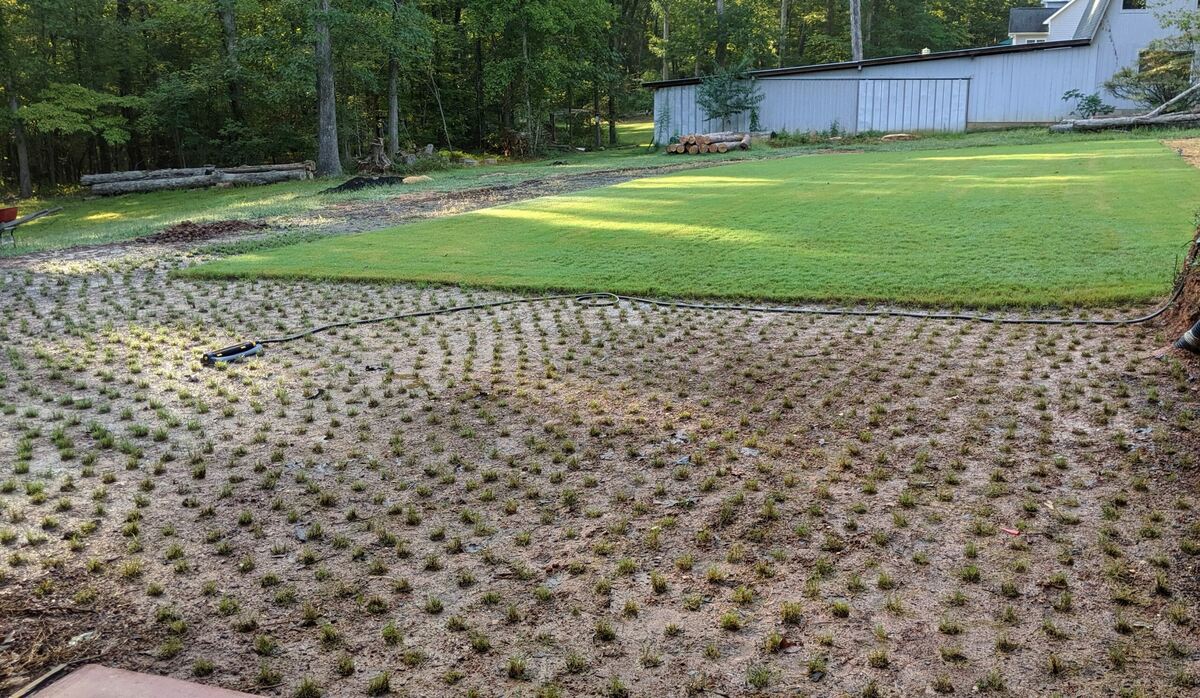
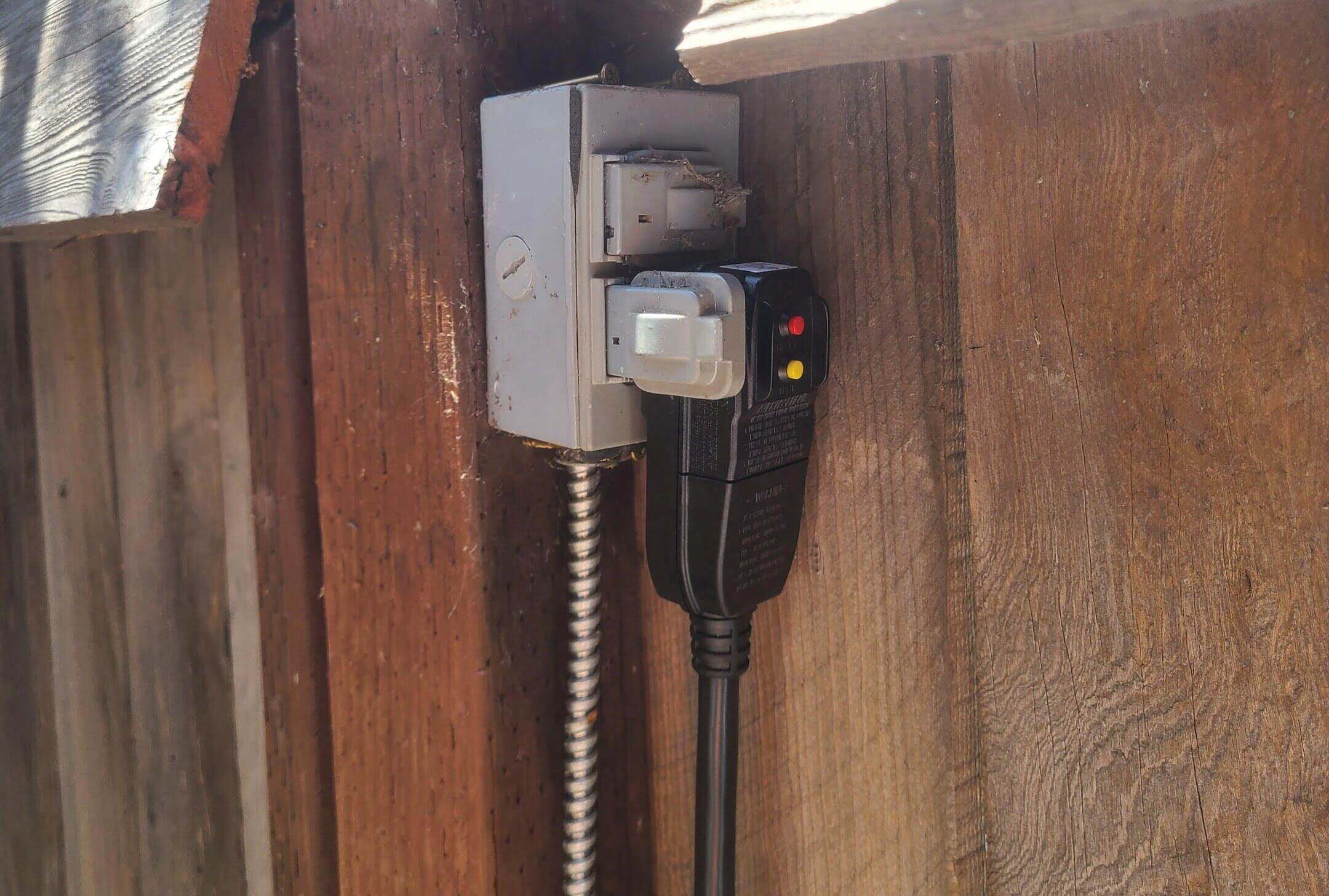
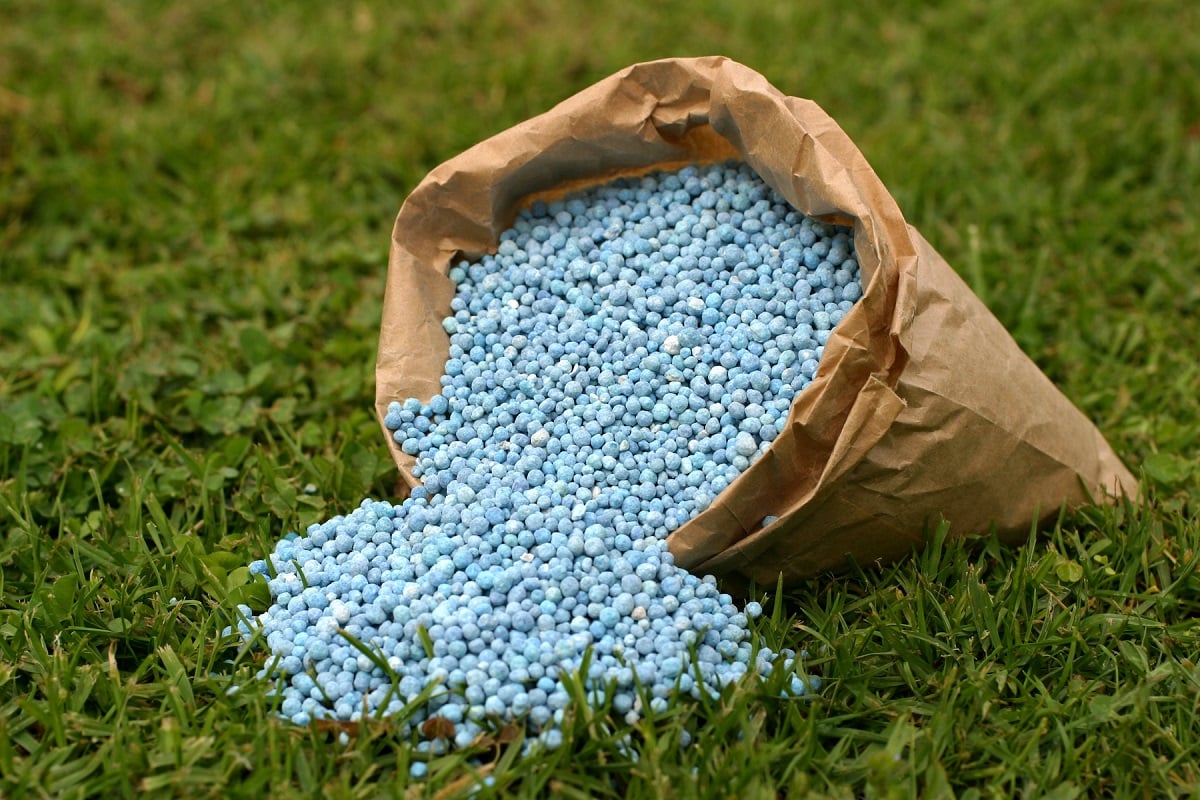

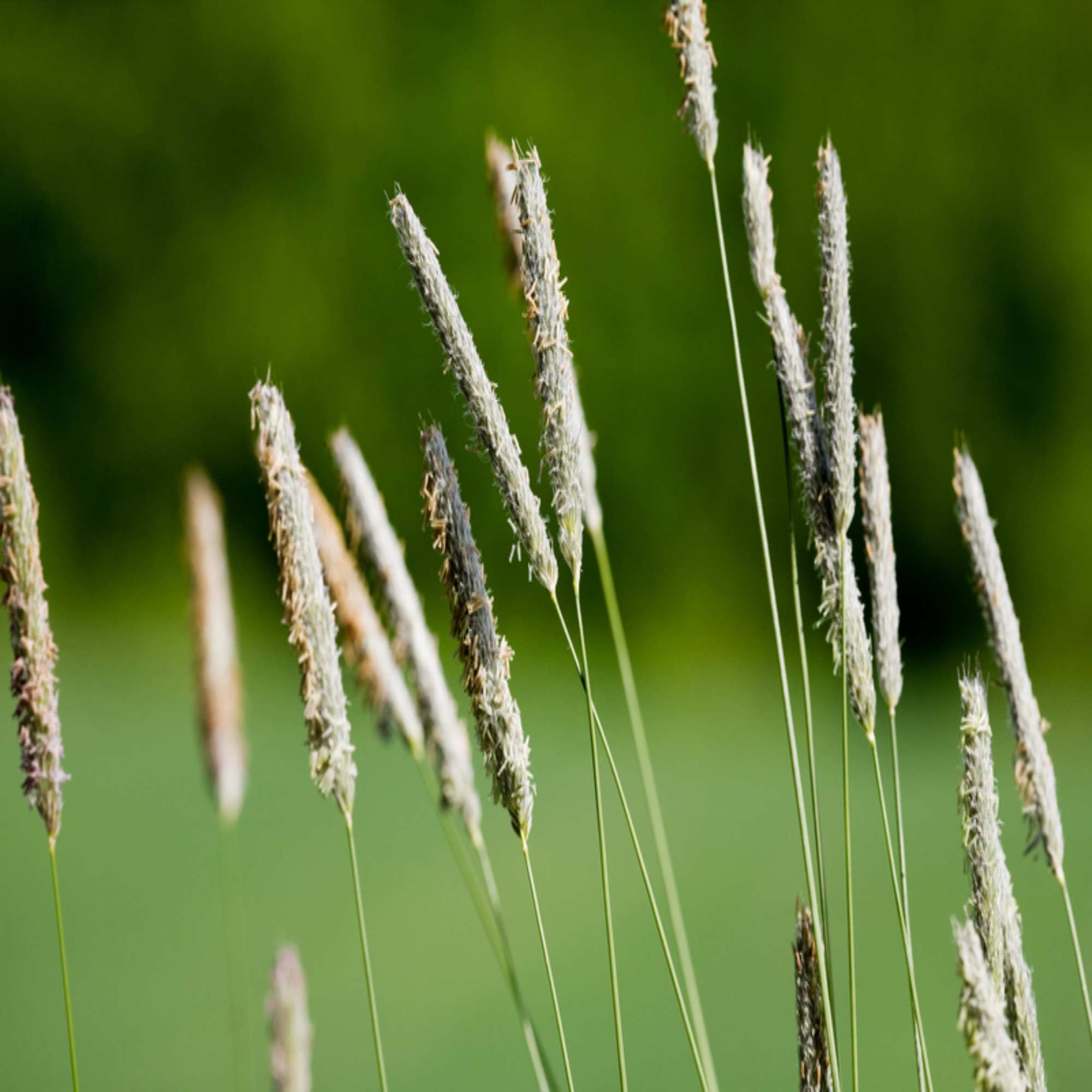

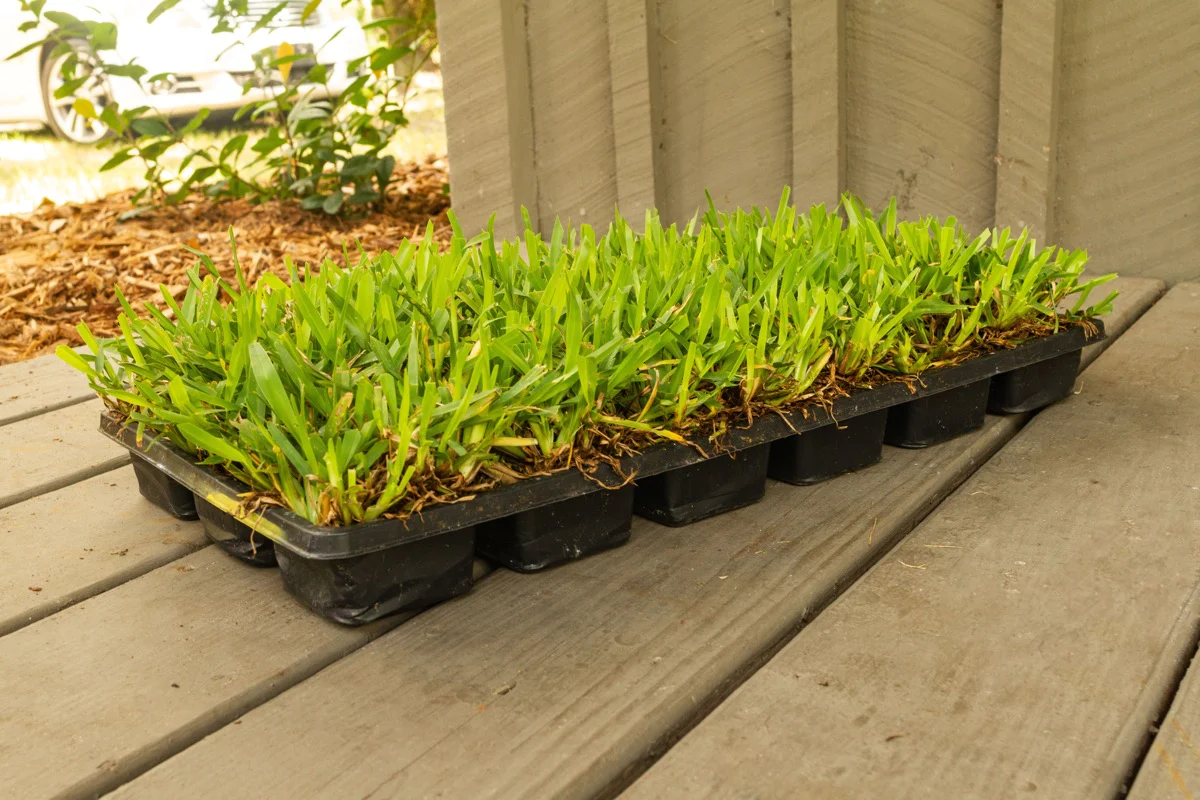

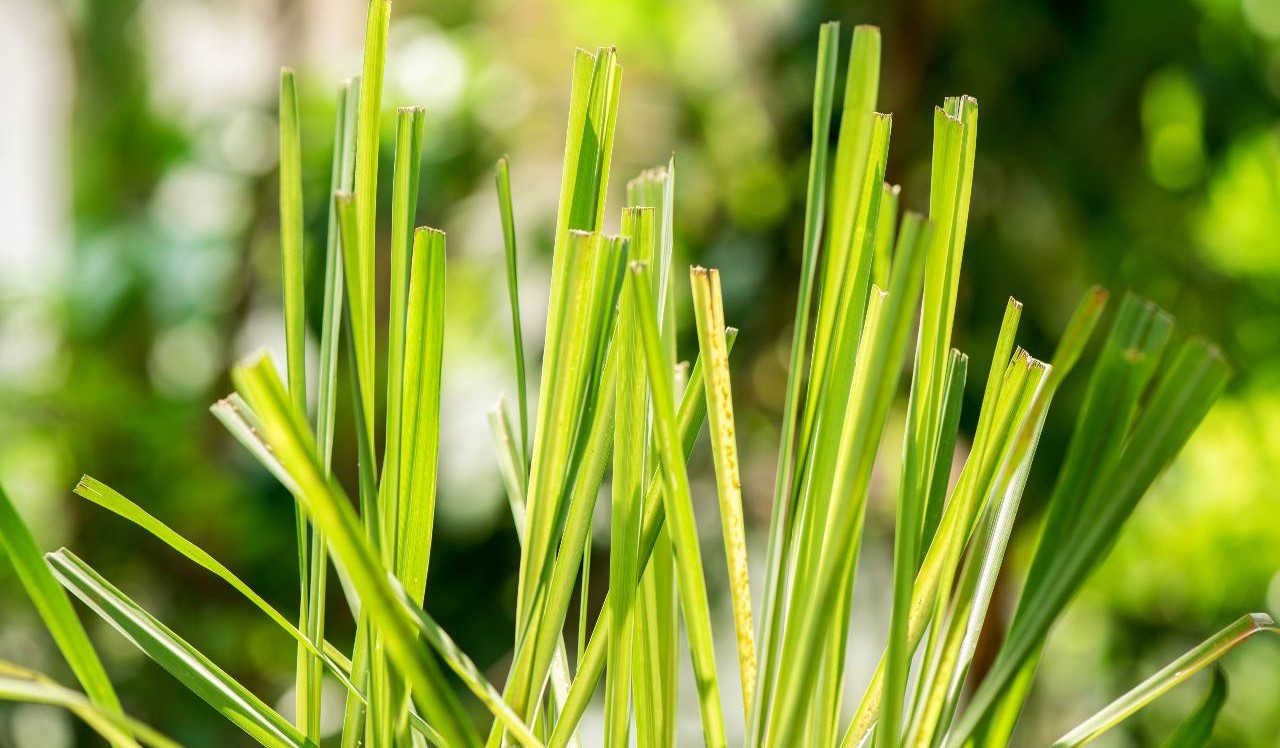
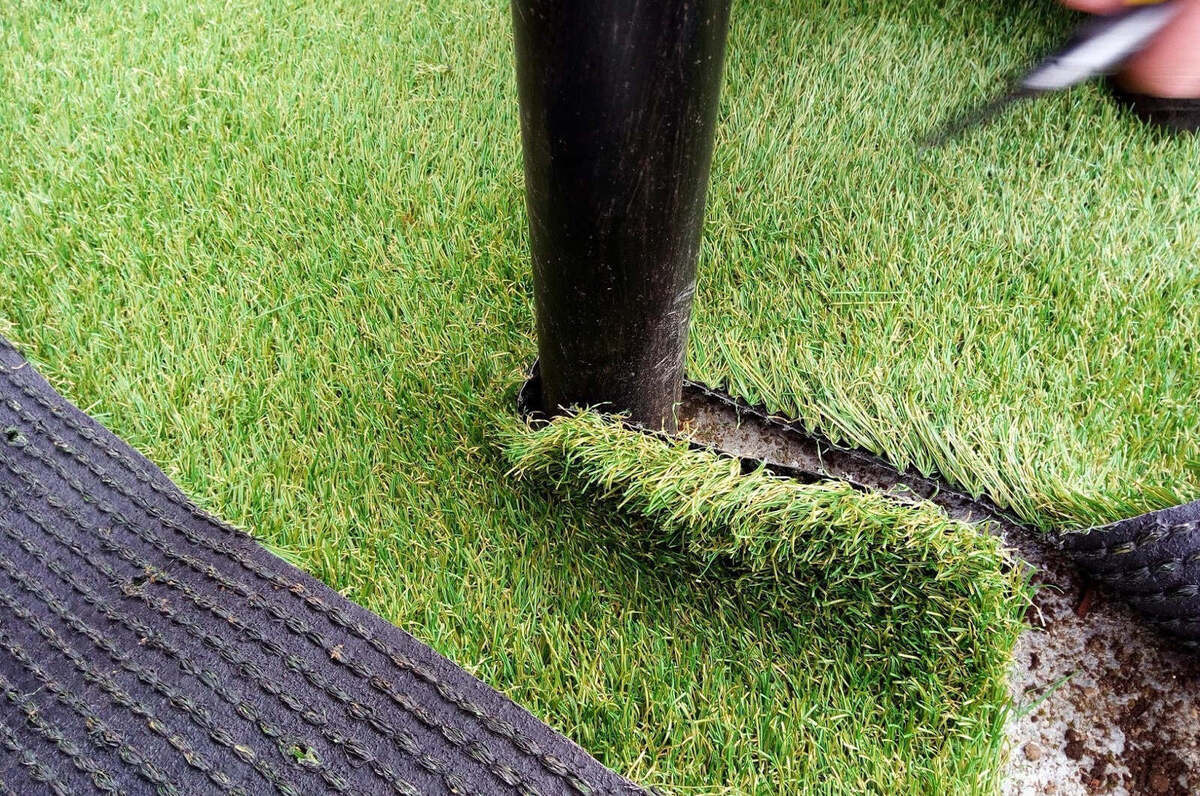
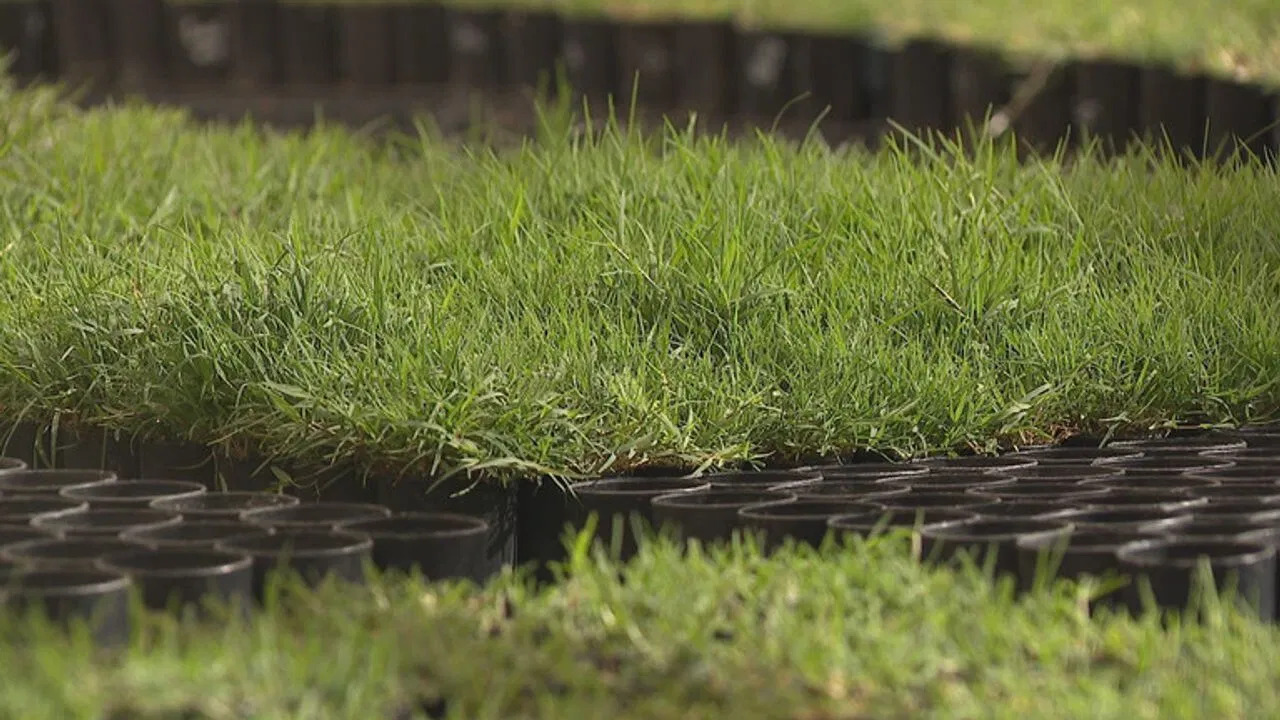
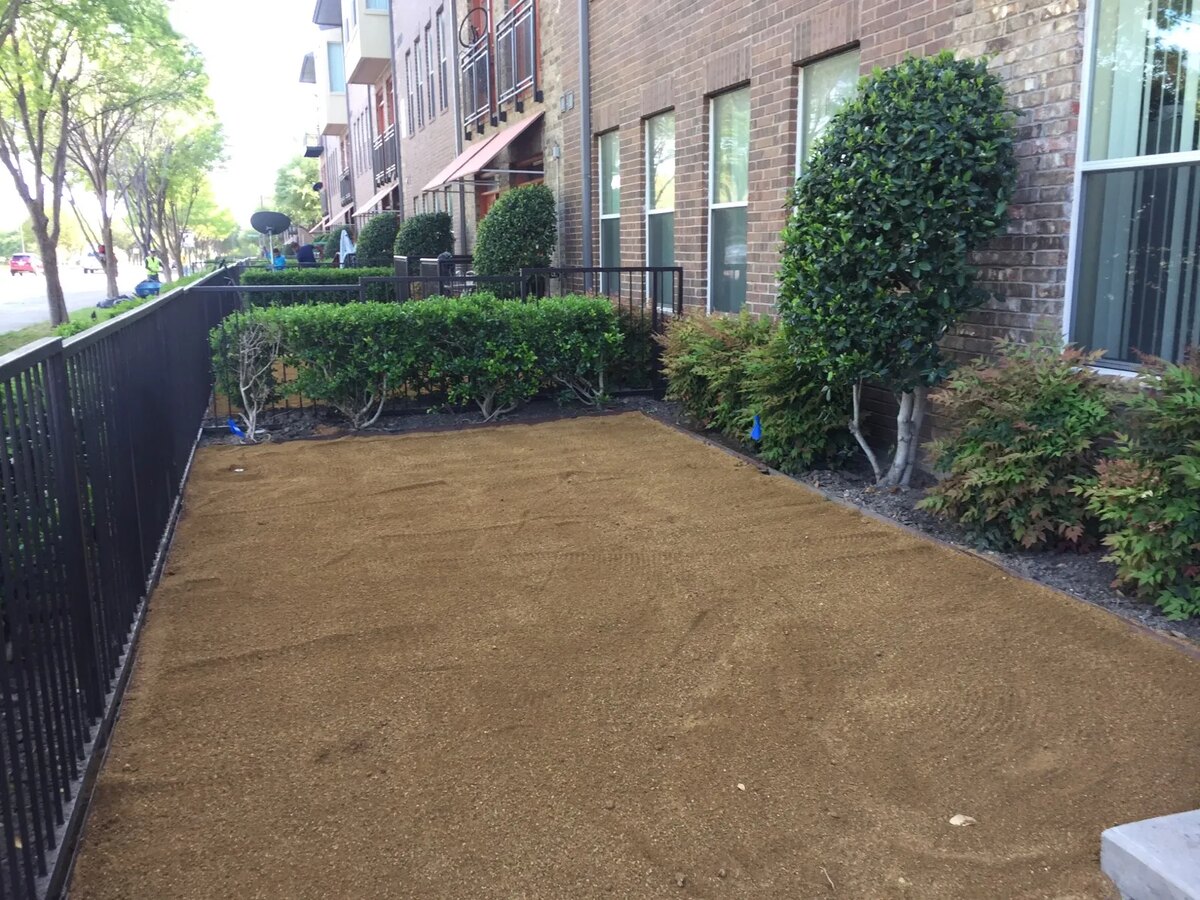
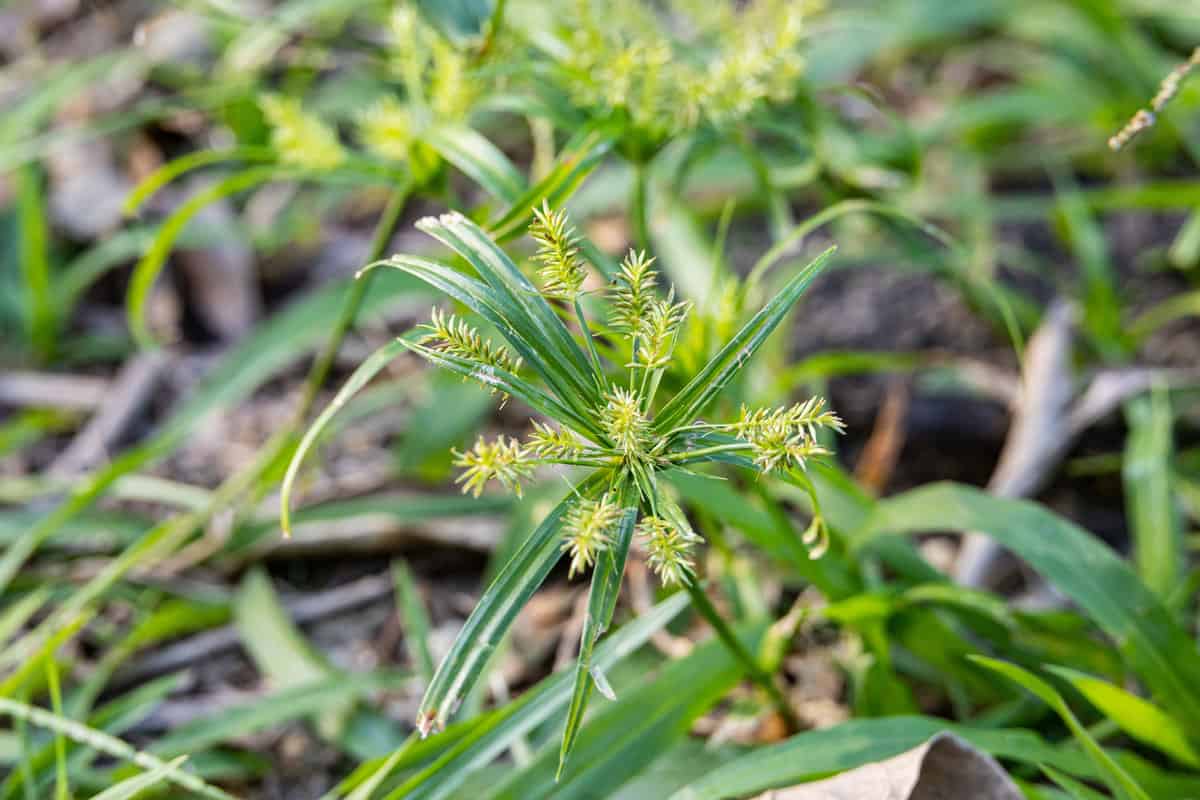
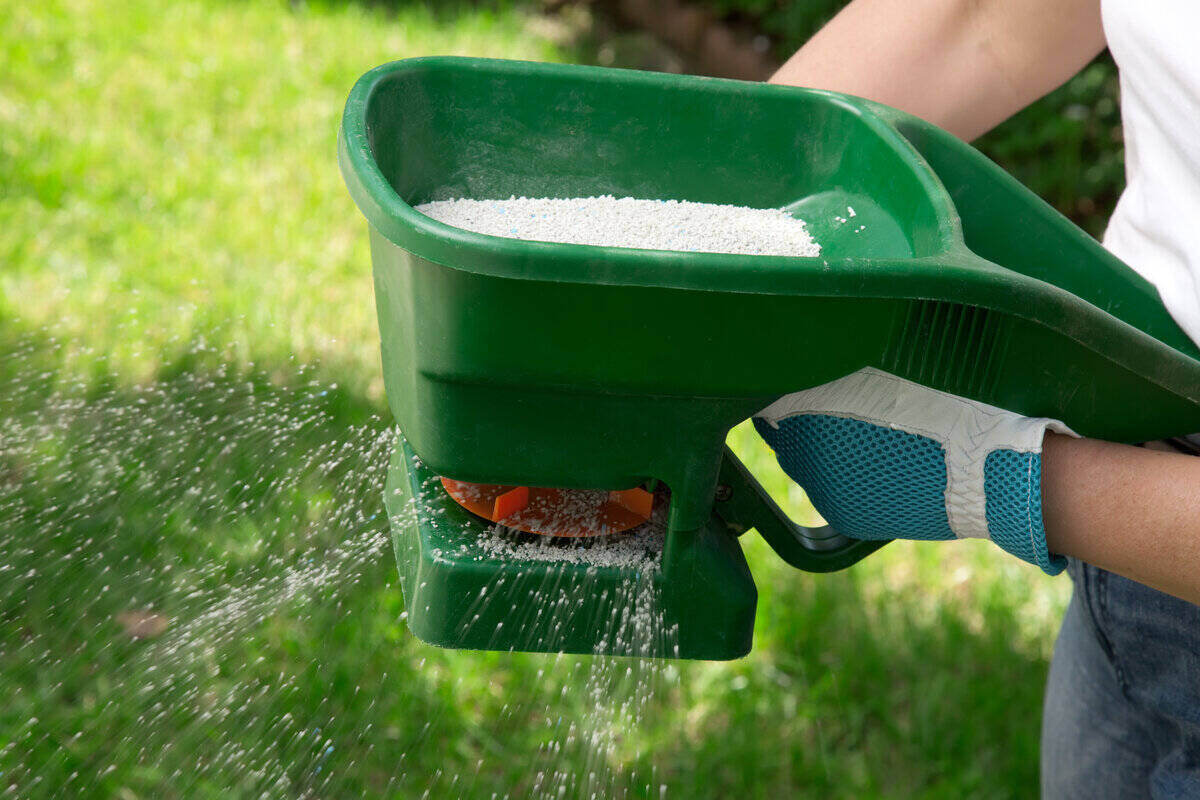

0 thoughts on “What Are Grass Plugs Used For”